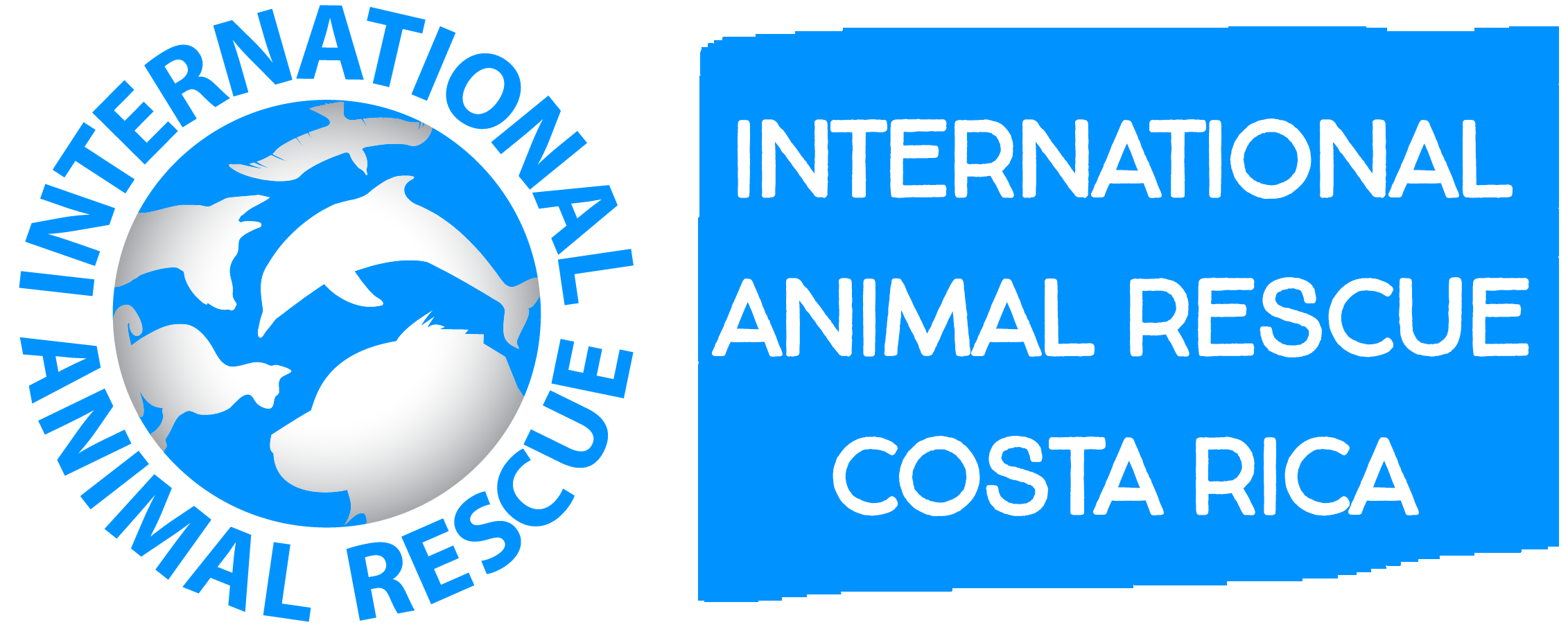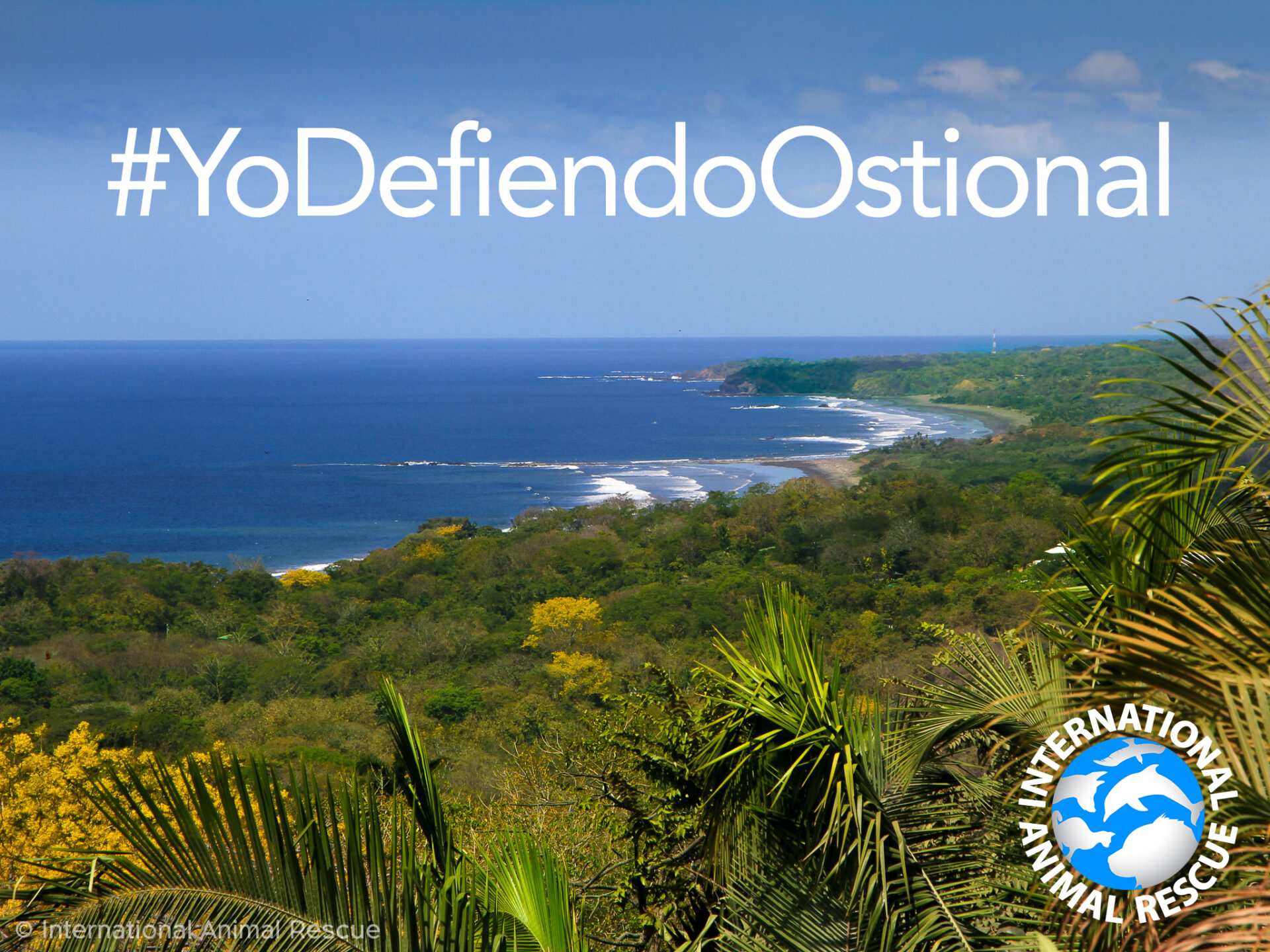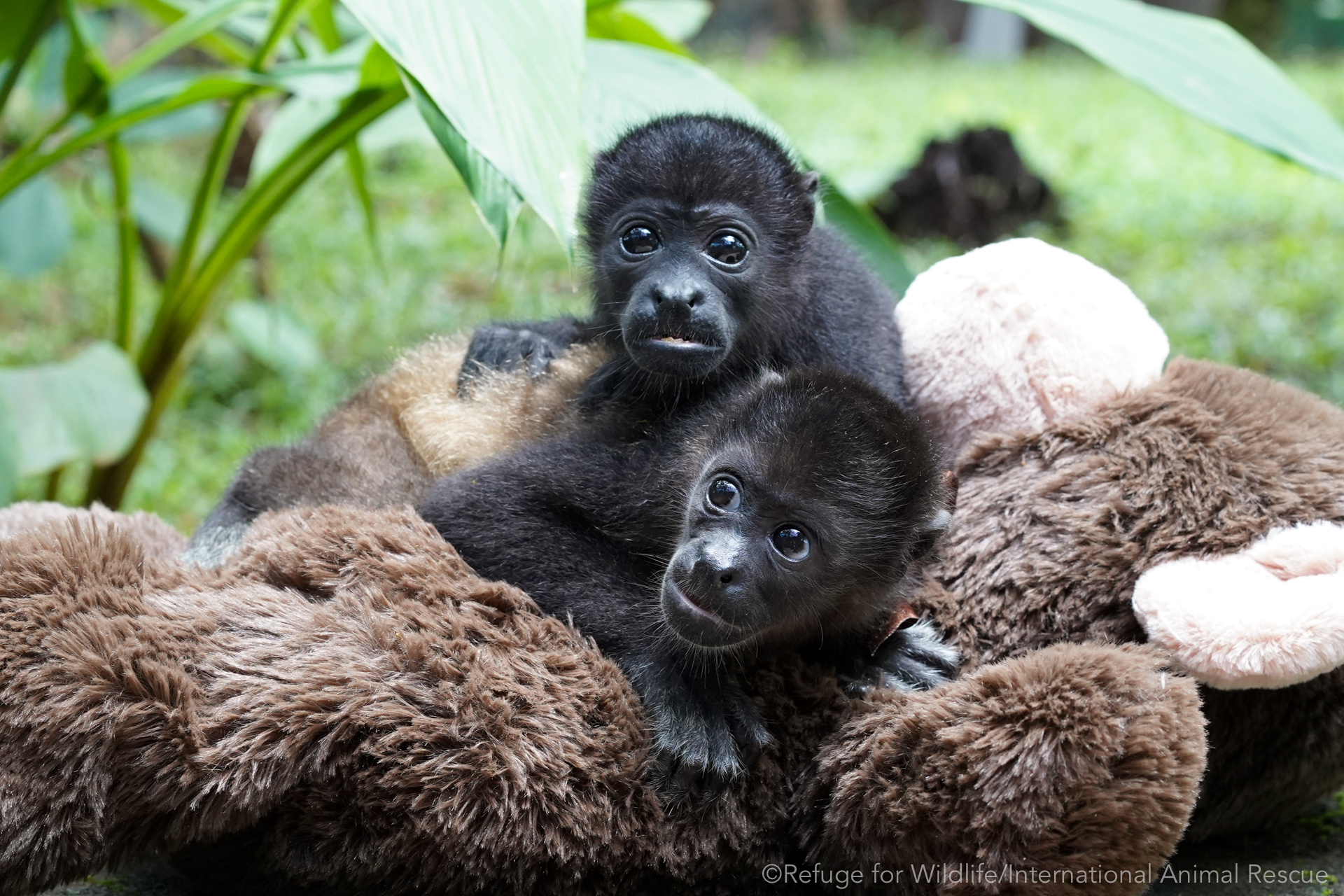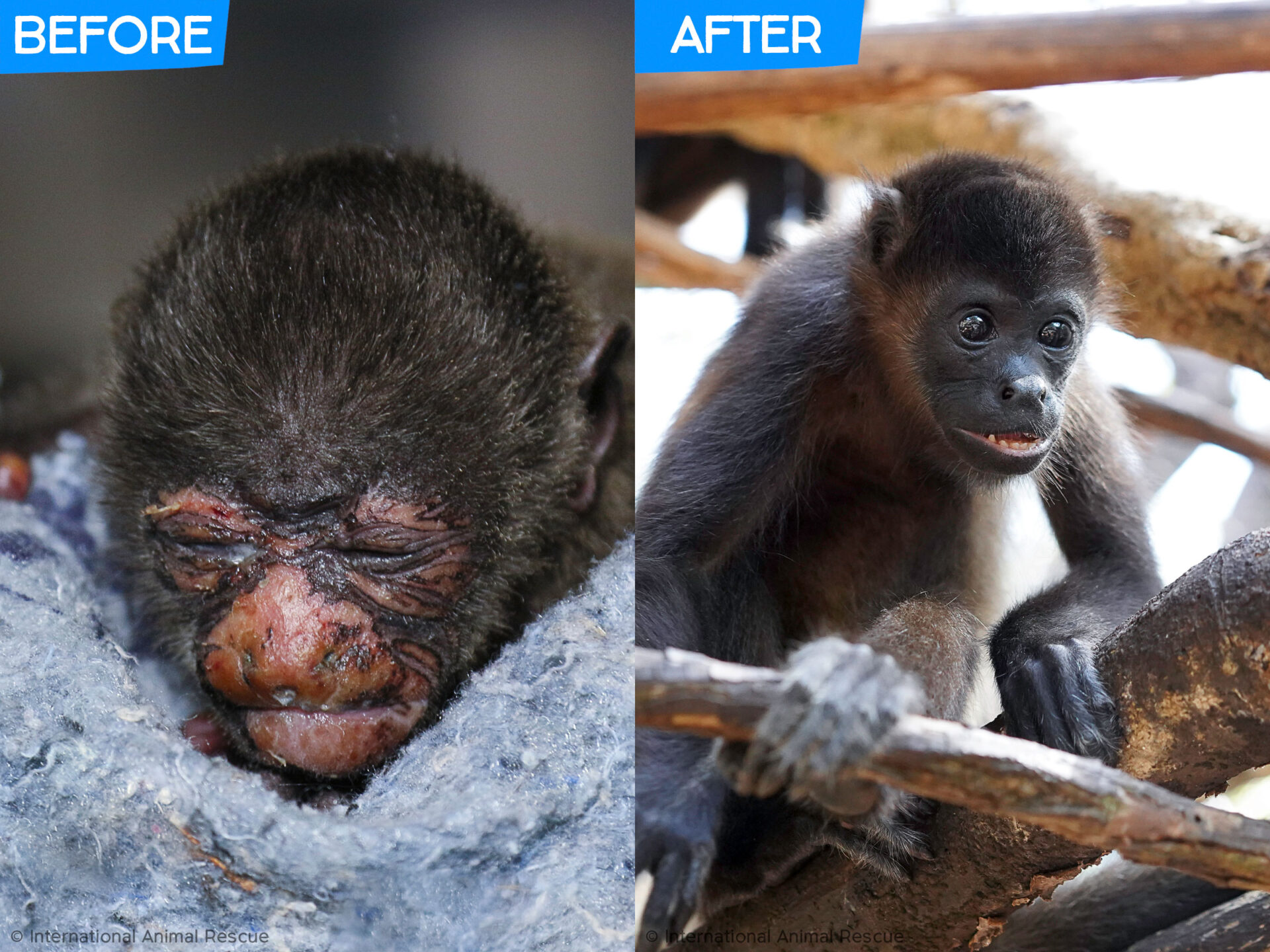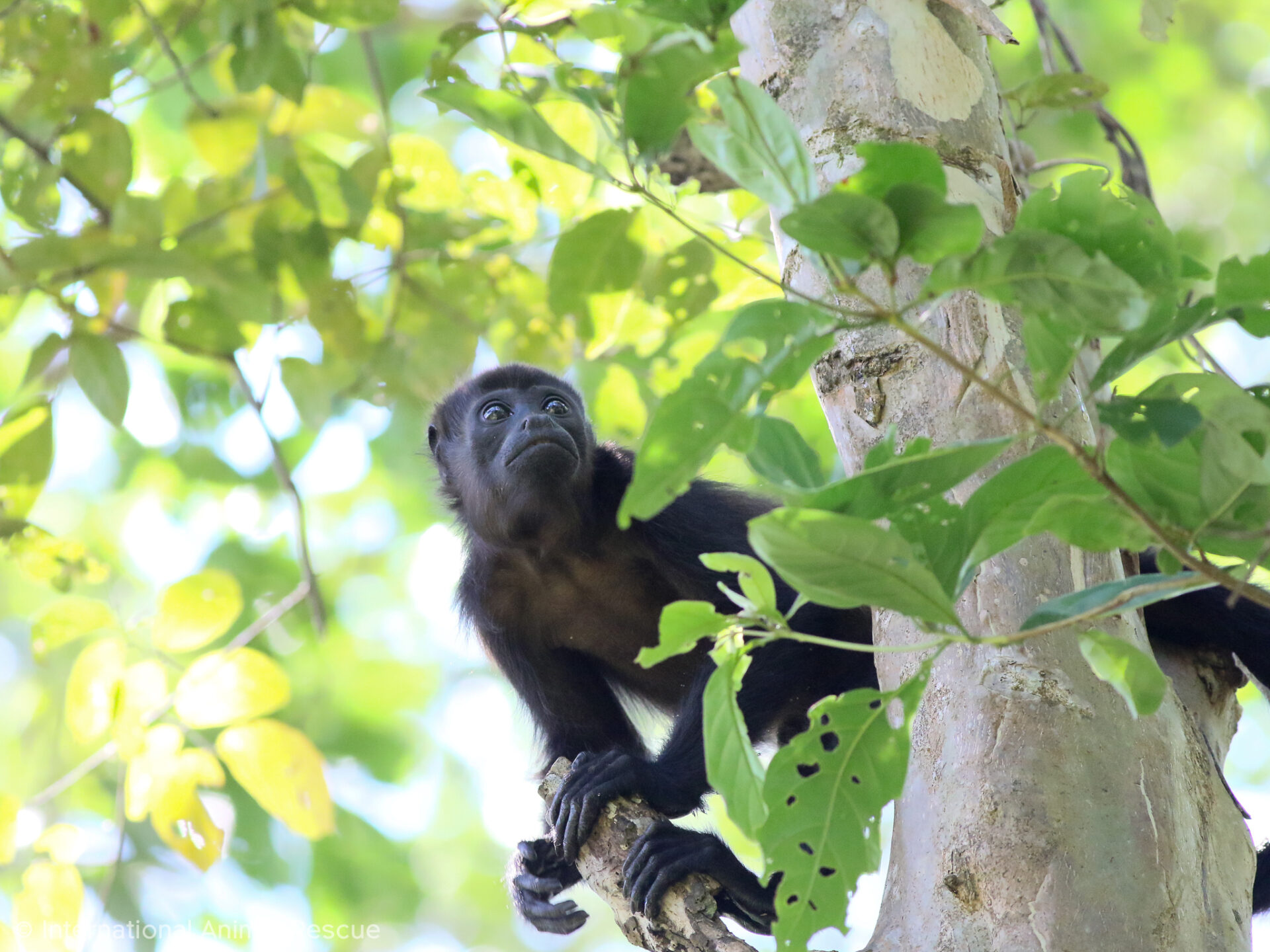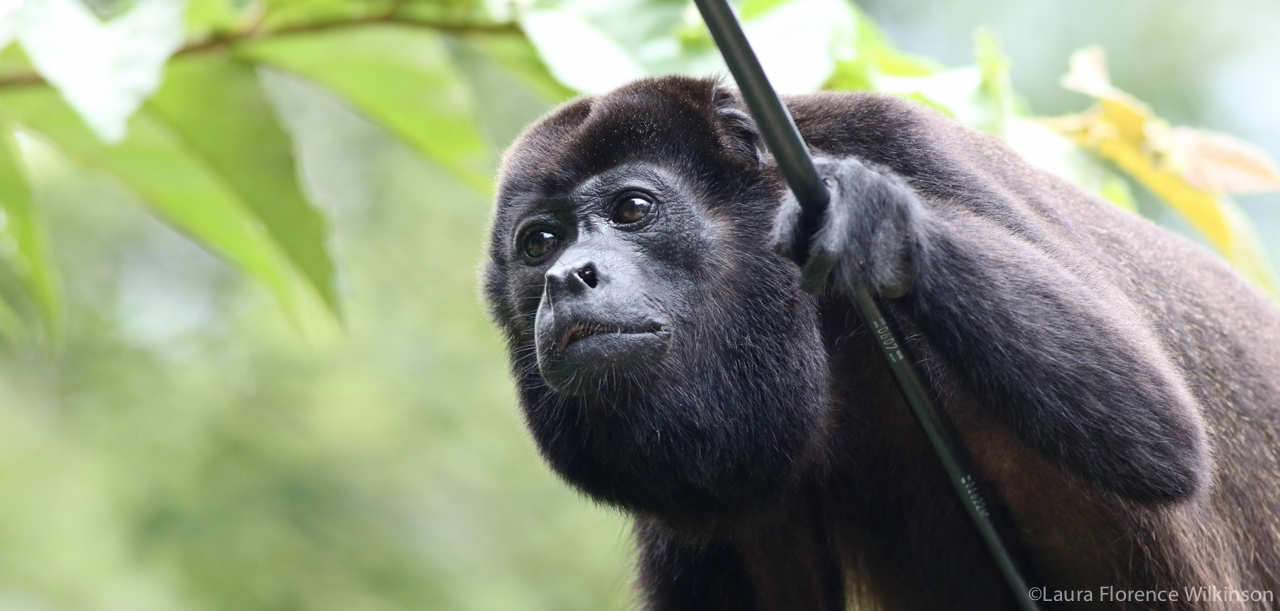
Community Support Needed to End Wildlife Electrocutions in Nosara
As part of the Ostional Wildlife Refuge, the Beaches of Nosara is famous for its pristine coastline, consistent surf, and exotic wildlife. Everyone would agree that a huge part of what draws tourists and new residents to this area is the spectacular flora and fauna that fills our jungle. As Nosara grows, we have a responsibility to ensure that there is sustainable development that protects Costa Rica’s wildlife from human impact. Providing a safe habitat for wildlife is only possible if we work together as a community to implement strategies that will not only stop unnecessary wildlife loss but also increase the value of our properties and increase the appeal of our town for visitors.
Development and Electrocutions

This howler monkey died trying to reach a mango tree on the other side of the road in Esperanza – this location is still extremely dangerous for wildlife
As a result of residential and commercial development in the Playas de Nosara area, electrocutions are the main factor driving wildlife rescue activity at IAR Costa Rica. Over two-thirds of howler monkey-related incidents in the area are a direct result of electrocution; other factors include; dog attacks, traffic accidents, and alpha male attacks. As urban development has expanded, the trees have been cut down and overhead electrical cables have been installed to provide power to the new homes and businesses. Sadly, development seems to have progressed with little regard to the environment, habitat, or wildlife residing in these areas.

Electrical current burning cable insulation due to tree branches near electrical distribution. In the Nosara area, there are many stretches of cable where the insulation has melted off due to trees.
Monkeys and other arboreal wildlife often resort to using the power cables as aerial runways to make their way between fragmented areas of habitat. The cables provide an efficient, but lethal way for the monkeys to travel through the urbanized forest. All too often, the monkeys suffer from horrific injuries and violent deaths when climbing or traveling on uninsulated power cables and transformers. To be electrocuted, all they have to do is touch two uninsulated cables, a live cable, and something grounded to earth (like the pole apparatus, earth wires, guy lines, or even trees) or any uninsulated components on a transformer.
To meet the growing demand for electricity in Playa Guiones, the voltage has been increased in several areas from 2,400 volts to 19,900 or 34,400 volts. Higher voltage has had a negative impact on the wildlife protection equipment we have already installed because, following the voltage increase, there seems to have been more cable fires (seen when trees branches brush the semi-insulated cables) resulting in stretches of cable where the insulation has melted off exposing deadly bare wire.
In addition to the treacherous electric cables, tree loss due to development means that animals may have to travel on the ground. This is extremely dangerous for howler monkeys as they cannot move quickly on the ground and would rarely naturally leave the safety of the tree canopy. This puts them at risk of traffic accidents and dog attacks.
Fast Facts
• Arboreal wildlife use electrical cables as aerial runways to link up fragmented forest
• Electrocution causes extreme burns, life-threatening injuries, and death
• 70% of all the howler monkey rescues at IAR Costa Rica are due to electrocution
• Prognosis for electrocuted monkeys is very poor; the injuries are often fatal
• There are laws in Costa Rica that require electrical distribution to be safe for wildlife; however, these are either ineffective or not enforced
• Protecting Wildlife from electrocution requires a combination of tree trimming, rope bridges, and insulation equipment
Howler Monkey Rescues in Nosara

The sad reality of uninsulated electrical cables in forested areas
Many wildlife deaths/injuries go unreported or unseen in heavily forested areas; therefore, it is difficult to know the exact number of electrocutions each year. International Animal Rescue Costa Rica responds to an average of 100 electrocuted howler monkey rescue calls each year. Over half of these were either killed outright at the scene or, following a comprehensive veterinary assessment, had to be euthanized due to the severity of their injuries. Charged with adrenaline, some injured electrocuted monkeys managed to flee into the forest; it is unknown how many of these animals would have survived. In some cases, IAR Costa Rica had to respond again to these sick or dead animals a few days later. Monkeys that cannot be caught to receive medical treatment often self amputate limbs and/or die in the wild from severe infection or internal damage.

IAR Costa Rica veterinary team treating an adult female howler monkey that was electrocuted on the main road in Playa Guiones
Of the electrocutions that IAR Costa Rica responded to, approximately one-third of the monkeys were brought to the Rescue Center for emergency treatment in the specialist clinic. The most common injuries are severe electrical burns, loss of limbs, and critical internal organ damage. The severity of injuries depends on the voltage, the type of current (AC/DC), environmental conditions, the path the electrical current took through the body, and whether or not the monkey is thrown from the cables/ transformer or if their muscles contracted due to electricity such that they gripped the live electrical equipment.

Dr. Francisco Sánchez Murillo applies burn cream to an infant that was badly burned when her mother caught on fire while being electrocuted
With our 24-hour wildlife emergency hotline (8824-3323), IAR Costa Rica has a rescue team that is trained to use specialist equipment to rescue animals that are trapped on electrical equipment that would otherwise die without assistance.
The prognosis for electrocuted monkeys is not good. External wounds may be treated; however, the internal damage can be very serious and slower to manifest. Electrocution injuries have a deleterious biochemical effect on the bodies of mammals, which can lead to irreversible organ damage. Of the monkeys brought to the clinic, approximately two-thirds succumb to their terrible injuries.

Another infant howler badly burned by electrocution in Playa Guiones – she did not survive
If the electrocution victims do survive, they enter into the IAR Costa Rica rehabilitation process. For an infant, this means hand-rearing until the monkey is weaned and can be more independent. They then have to learn to climb, socialize and become ‘wild’. Eventually, after 2-3 years, if the animals demonstrate the skills needed to survive in the wild, they can be released together as a troop into a safe area of forest. It is always IAR Costa Rica’s goal to release all wildlife back to the forest where they belong. If this is not possible, IAR Costa Rica provides sanctuary facilities or finds a more suitable specialist facility, depending on the species. The economic cost of wildlife electrocutions to the various rescue centers around Costa Rica is significant. The cost of veterinary care, rehabilitation, release, and sanctuary facilities is hundreds of thousands of dollars.
What is the Government Doing?
 In May 2018, the Ministry of Environment and Energy (MINAE) and the National System of Conservation Areas (SINAC) released a 61-page document about the wildlife electrocution problem in Costa Rica. Entitled ‘Guide for the prevention and mitigation of electrocution of wildlife by electrical power lines in Costa Rica ’, the report provided guidelines for electrical companies to follow, including; collecting fieldwork data on the impact of electrocutions, training local residents to spot and report potential problems and stopping electrocutions through preventative measures. Preventative measures include assessing the risk to wildlife when considering locations for new lines and transformers, pruning trees to prevent wildlife access near cables, providing rope bridges for safe crossings, installing wildlife protection equipment on transformers, and using insulated power cables. By implementing the three key solutions that our Stop the Shocks program uses here in the Nosara area (tree trimming, rope crossings, and insulating transformers), electrical distribution companies were provided with all the information required to reduce the risk to wildlife and end horrific injuries and deaths. It is excellent that the government recognizes that wildlife electrocution is a serious issue and understands that action must be taken to address this situation. IAR Costa Rica hopes that these guidelines will be funded and implemented in a systematic way as soon as possible, but almost a year later, there has been no further progress.
In May 2018, the Ministry of Environment and Energy (MINAE) and the National System of Conservation Areas (SINAC) released a 61-page document about the wildlife electrocution problem in Costa Rica. Entitled ‘Guide for the prevention and mitigation of electrocution of wildlife by electrical power lines in Costa Rica ’, the report provided guidelines for electrical companies to follow, including; collecting fieldwork data on the impact of electrocutions, training local residents to spot and report potential problems and stopping electrocutions through preventative measures. Preventative measures include assessing the risk to wildlife when considering locations for new lines and transformers, pruning trees to prevent wildlife access near cables, providing rope bridges for safe crossings, installing wildlife protection equipment on transformers, and using insulated power cables. By implementing the three key solutions that our Stop the Shocks program uses here in the Nosara area (tree trimming, rope crossings, and insulating transformers), electrical distribution companies were provided with all the information required to reduce the risk to wildlife and end horrific injuries and deaths. It is excellent that the government recognizes that wildlife electrocution is a serious issue and understands that action must be taken to address this situation. IAR Costa Rica hopes that these guidelines will be funded and implemented in a systematic way as soon as possible, but almost a year later, there has been no further progress.
 Nosara’s local ICE (the electric company) office has donated many hours to help install the wildlife protection equipment that IAR Costa Rica has purchased. Their trained electrical engineers and special equipment are required to work on the power lines. In addition, ICE has replaced a lot of the power cables in Playa Guiones with semi-insulated cables, drastically lowering the number of electrocutions from power cables themselves. This activity is localized in Nosara/Guiones; IAR Costa Rica does not know whether it replicated in other regions. There seems to have been more support from ICE since the MINAE report was presented in May 2018; however, the work is still predominantly reactive with sites where electrocutions take place taking priority. It can take several months before ICE has time in its schedule to cut the power and install the equipment the center has purchased.
Nosara’s local ICE (the electric company) office has donated many hours to help install the wildlife protection equipment that IAR Costa Rica has purchased. Their trained electrical engineers and special equipment are required to work on the power lines. In addition, ICE has replaced a lot of the power cables in Playa Guiones with semi-insulated cables, drastically lowering the number of electrocutions from power cables themselves. This activity is localized in Nosara/Guiones; IAR Costa Rica does not know whether it replicated in other regions. There seems to have been more support from ICE since the MINAE report was presented in May 2018; however, the work is still predominantly reactive with sites where electrocutions take place taking priority. It can take several months before ICE has time in its schedule to cut the power and install the equipment the center has purchased.
In late January 2019, a government meeting was held to discuss the implementation of the guide to protect our wildlife and achieve sustainable electricity throughout Costa Rica. We are glad that the Costa Rican government has not forgotten about this important issue and that they are now discussing how to achieve sustainable electrical distribution and implement their wildlife electrocution prevention guide. It is our hope that they will come up with a holistic approach that will proactively protect wildlife from electrocution.
MINAE’s report lists several national laws in Costa Rica that should serve to protect wildlife and biodiversity against dangers and threats:
- Law of Conservation of Wildlife (Ley de Conservación de la Vida Silvestre) No. 7317
- Biodiversity Law (Ley de Biodiversidad) No. 7788
- Organic Law on the Environment (Ley Orgánica del Ambiente) No. 7554
- As power disruptions can be caused by electrocutions, regulatory law No. 7593 and decree No. 29732 from the Autoridad Reguladora de los Servicios Públicos (ARESEP) which requires electric companies to provide continuous power.
Although the above laws exist and should serve to protect the environment, biodiversity, habitat, and wildlife from the adverse effects of development, they are either ineffective or not properly enforced. It is still common to see new electrical installations without mandatory protection.
How to End Wildlife Electrocutions
Because installing wildlife-safe electrical distribution is not common practice in Costa Rica, IAR Costa Rica has been forced to employ local wildlife protection strategies, which are dedicated to preventing electrocutions. In 2018, IAR Costa Rica’s Stop the Shocks program spent over US$14,000 on wildlife protection equipment. Stop the Shocks prevents deadly electrocutions by combining; tree trimming (to prevent wildlife from accessing the power lines), installing rope bridges (to provide safe aerial pathways), and fundraising to insulate power lines and transformers (to keep wildlife safe if they climb on cables).
We have found that all three are required to have the most positive impact in stopping wildlife electrocutions.

TRIMMING TREE BRANCHES
INSTALLING ROPE BRIDGES
INSULATING TRANSFORMERS & CABLES
Stop the Shocks Program
 In order to prevent wildlife electrocutions, the entire community needs to become proactive and involved. Although there are existing laws that should protect wildlife, they are ineffective and not enforced. International Animal Rescue and IAR Costa Rica are working towards enforcement of the laws and strategic planning with electrical companies, but this could take many years and action needs to be taken now to save the wildlife of Nosara.
In order to prevent wildlife electrocutions, the entire community needs to become proactive and involved. Although there are existing laws that should protect wildlife, they are ineffective and not enforced. International Animal Rescue and IAR Costa Rica are working towards enforcement of the laws and strategic planning with electrical companies, but this could take many years and action needs to be taken now to save the wildlife of Nosara.
 Thanks to the co-operative efforts of our Stop the Shocks Program and ICE, our electrical service provider, most of the electrical wires in the Playas de Nosara area were replaced with insulated cables many years ago. It is because of this hard work, that today our monkeys can travel without injury along many kilometers of electrical cables. There are, though, still many areas where uninsulated electrical cables are a problem and all it takes is a monkey to touch two live wires to be electrocuted. The main issue with monkeys using the cables is that attached to all cables are high voltage electrical transformers. The monkeys travel along the wires in search of food and end up needing to cross a transformer to reach the wire on the other side. These transformers are very dangerous, with many parts of the transformer able to deliver a deadly jolt of electricity to anything that touches it. Sadly, our monkeys cannot sense the danger until it’s too late. The shock is extremely painful and causes horrific electrical burns and often muscular spasms so the monkey cannot let go and sometimes even catch on fire. What is worse, is that when a member of the troop is crying out in pain, the rest of the troop will try to help which often causes several family members to become electrocuted or die.
Thanks to the co-operative efforts of our Stop the Shocks Program and ICE, our electrical service provider, most of the electrical wires in the Playas de Nosara area were replaced with insulated cables many years ago. It is because of this hard work, that today our monkeys can travel without injury along many kilometers of electrical cables. There are, though, still many areas where uninsulated electrical cables are a problem and all it takes is a monkey to touch two live wires to be electrocuted. The main issue with monkeys using the cables is that attached to all cables are high voltage electrical transformers. The monkeys travel along the wires in search of food and end up needing to cross a transformer to reach the wire on the other side. These transformers are very dangerous, with many parts of the transformer able to deliver a deadly jolt of electricity to anything that touches it. Sadly, our monkeys cannot sense the danger until it’s too late. The shock is extremely painful and causes horrific electrical burns and often muscular spasms so the monkey cannot let go and sometimes even catch on fire. What is worse, is that when a member of the troop is crying out in pain, the rest of the troop will try to help which often causes several family members to become electrocuted or die.
Electrocutions can be stopped. Through generous donations from the public, we are able to purchase wildlife protection equipment and medical care for the victims of electrocution. Every cent that is donated toward insulating transformers, goes towards insulating transformers and stopping the shocks.

